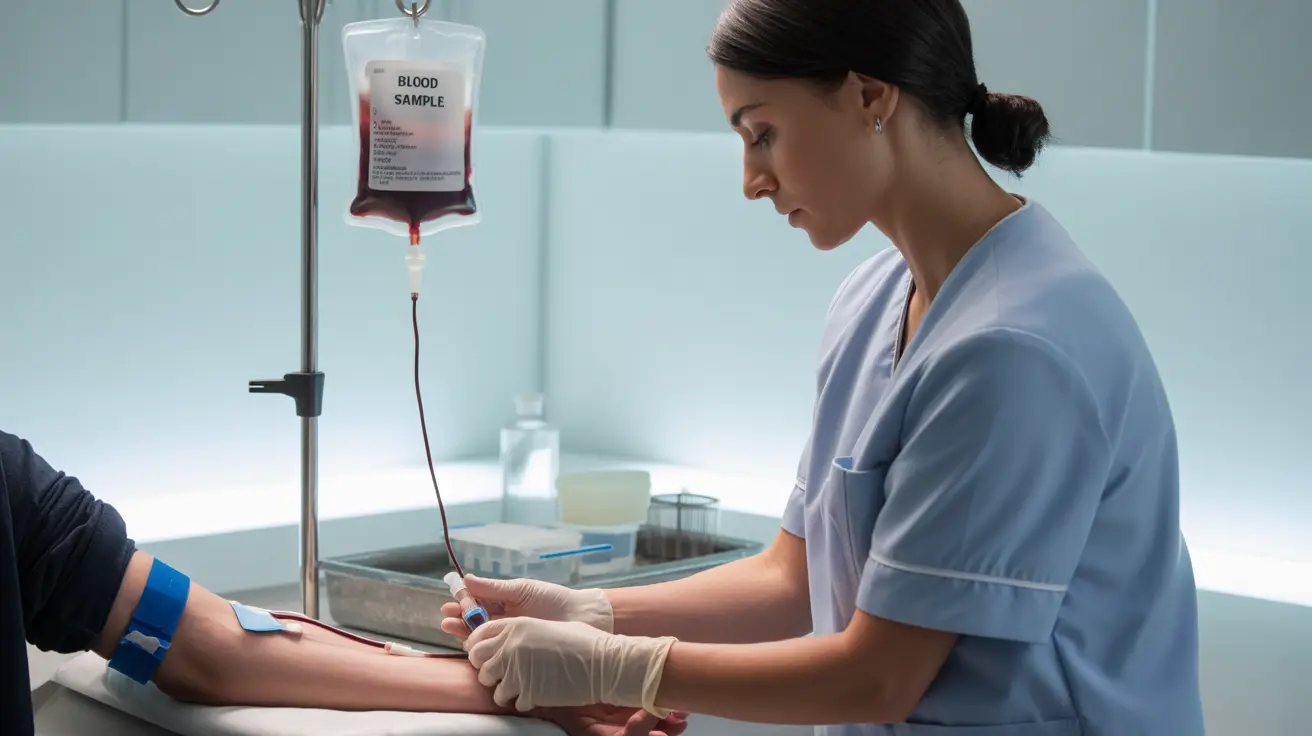The VDRL (Venereal Disease Research Laboratory) test is a crucial screening tool used to detect syphilis infection. This blood test helps healthcare providers identify the presence of antibodies that your body produces in response to substances released by cells damaged by the syphilis bacteria. Understanding this test's purpose, procedure, and results is essential for anyone concerned about syphilis or undergoing routine screening.
What is the VDRL Test?
The VDRL test is a non-treponemal test that detects antibodies your immune system produces when fighting syphilis infection. Healthcare providers often use this test as an initial screening method because it's cost-effective and can detect syphilis at various stages of infection. The test measures your body's response to substances called cardiolipin-lecithin-cholesterol antigens.
Test Procedure and Timeline
During a VDRL test, a healthcare professional will draw a small blood sample from your arm using a needle. The process typically takes only a few minutes and involves minimal discomfort. The blood sample is then sent to a laboratory for analysis.
Results usually become available within 2-3 days, though timing can vary depending on your healthcare facility and laboratory processing times. Some clinics may offer rapid testing options that provide results more quickly.
Understanding Test Results
Reactive (Positive) Results
A reactive VDRL test result suggests the presence of syphilis antibodies in your blood. However, it's important to note that this initial result requires confirmation through more specific tests, such as the FTA-ABS (Fluorescent Treponemal Antibody Absorption) test, before a definitive diagnosis can be made.
Non-reactive (Negative) Results
A non-reactive result generally indicates no syphilis infection. However, if you've been recently exposed, the test might not detect antibodies yet, as they typically take 4-6 weeks to develop after infection.
Test Accuracy and Limitations
The VDRL test's accuracy varies depending on several factors, including the stage of syphilis infection. The test is most reliable during the secondary and latent stages of syphilis. Several conditions can affect test results, including:
- Pregnancy
- Autoimmune disorders
- Certain viral infections
- Recent immunizations
- Some chronic medical conditions
When to Get Tested
Healthcare providers may recommend VDRL testing in various situations:
- During routine STI screening
- As part of prenatal care
- When symptoms of syphilis are present
- After potential exposure to syphilis
- For monitoring treatment effectiveness
Frequently Asked Questions
What is the VDRL test and how does it help screen for syphilis? The VDRL test is a blood test that detects antibodies produced in response to syphilis infection. It serves as an initial screening tool by measuring your immune system's response to substances associated with syphilis infection.
How accurate is the VDRL test and what causes false-positive or false-negative results? The VDRL test's accuracy varies, with both false-positive and false-negative results possible. False-positives can occur due to pregnancy, autoimmune conditions, or other infections, while false-negatives may happen during very early infection or late-stage disease.
What do reactive and non-reactive VDRL test results mean, and what are the next steps after a positive result? A reactive (positive) result suggests possible syphilis infection but requires confirmation through additional testing. A non-reactive (negative) result typically indicates no infection. After a positive result, healthcare providers will order confirmatory testing and begin appropriate treatment if syphilis is confirmed.
Can the VDRL test detect syphilis in people without symptoms, and during which stages is it most reliable? Yes, the VDRL test can detect syphilis in asymptomatic individuals. It's most reliable during the secondary and latent stages of infection but may be less accurate during very early infection or late-stage disease.
How is the VDRL test performed and how long does it take to get the results? The test involves a simple blood draw from your arm, taking only a few minutes to complete. Results typically become available within 2-3 days, though timing can vary by facility.




